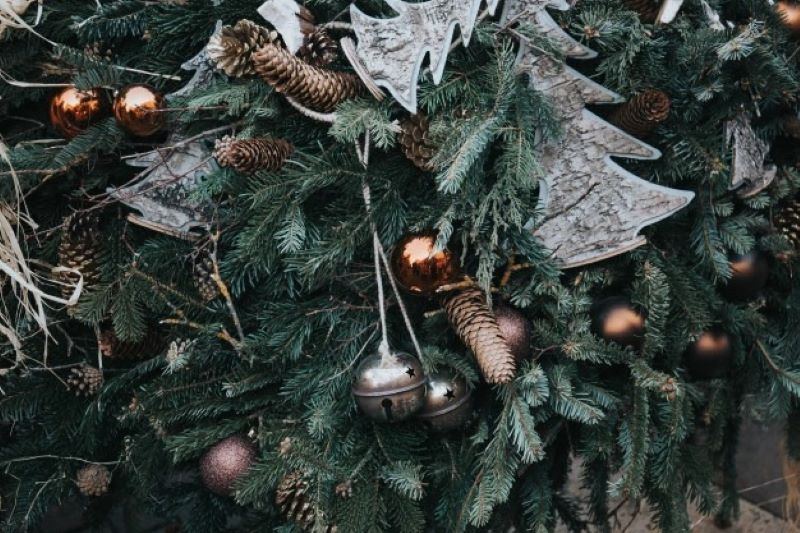
From Ancient Egypt to Modern Times: The Evolution of Glass Ornamentation
Glass ornaments have been used for decoration for thousands of years. Their history is a story of invention, craftsmanship, and cultural exchange. Many civilizations have developed their own unique glass ornament styles, which have influenced and been influenced by others over time. In this article, we will explore the evolution of glass ornaments from ancient Egypt to modern-day Europe.
The ancient Egyptians were some of the first people to use glass for decorative purposes. They developed a variety of glass beads, pendants, and other shapes, which were often used in jewelry and religious ceremonies. Ancient Egyptians believed that glass represented the flesh of the gods and used it to decorate everything from clothing to tomb portraits. These early glass objects were typically made by pressing molten glass into a mold and then polishing the surface to create a smooth finish.
As the Roman Empire expanded, so too did the popularity of glass ornaments. Roman artisans developed their own unique glassworking techniques, including the use of millefiori glass, which was made by layering and fusing multi-colored glass canes, and cameo glass, which involved carving or etching a design into clear and colored layers of glass. These techniques became highly prized and were used to create beautiful and intricate glass vases, bowls, and decorative objects.

A Global Affair: The Intercontinental Spread of Glass Ornament Manufacture
Glass ornaments continued to evolve throughout the Middle Ages and Renaissance, with many European nations, such as Venice and Bohemia, developing their own distinct styles. In the 16th century, Venetian glassmakers perfected the art of blown glass, which allowed them to create intricate and delicate glass figurines, animals, and flowers. These objects were highly prized and were often used as diplomatic gifts between European courts.
During the 17th and 18th centuries, glass ornaments became more accessible to the middle class. Advances in technology, such as coal-fired furnaces, allowed glassmakers to increase production, and the popularity of glass ornaments grew. In England, glass baubles were hung on Christmas trees as early as the 1840s, and eventually, this custom spread throughout Europe and the world.
The Art and Science of Glass Ornamentation
Today, glass ornaments continue to be a popular form of decoration. Modern techniques, such as sandblasting and laser engraving, have expanded the possibilities for creating intricate designs, and designs from different cultures continue to influence each other. In Germany, glassblowers create delicate blown glass ornaments that are highly collectible, while in Poland, traditional hand-painted glass baubles are a popular holiday decoration.
In conclusion, glass ornaments have played an important role in many cultures throughout history. From the earliest Egyptian beads to the intricate designs of modern Europe, glass ornaments have evolved and adapted over time, reflecting the ingenuity and creativity of artisans from around the world. Whether used for religious ceremonies or holiday traditions, glass ornaments continue to bring beauty and joy to people everywhere.